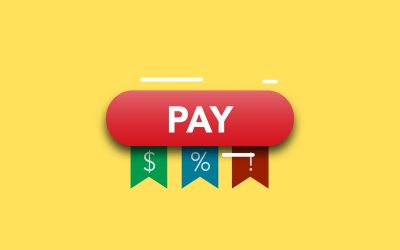The U.S. Citizenship and Immigration Services announced a new version of Form I-9. Household employers are required to use this form to verify that their employees are authorized to work in the United States. Employers can begin using the new form Aug. 1, 2023.
Blog Category:
Tax & Wage Laws
What Dependent Care Expenses are Covered Under a DCAP?
A DCAP is an employer-sponsored program that helps you with the cost of dependent care expenses. Here are the costs that are eligible and ineligible for reimbursement under these types of plans.
Paying in Arrears or Current? What’s the Best Way to Pay My Nanny?
When paying your nanny, you can pay them in arrears or current. Here are the differences between the two methods and why paying in arrears may work best for your family.
How to Pay Your Nanny for an Overnight Shift
It may seem easy to pay a flat fee for overnight shifts but that could violate wage laws if it does not cover all hours worked at a legal pay rate. Here’s what you need to know to pay your nanny the right way for an overnight shift or other extra hours.
What is the Best Way to Pay Nanny Taxes
You have a few options to pay your nanny taxes. While the main point is to actually remit the proper amounts, some methods may be more advantageous for you to avoid underpayment tax penalties. Here is the best way to pay your nanny taxes.
As Temps Rise, So Do Minimum Wage Rates Across the Country
It’s that time of year again for many minimum wage rates to increase. Now is a good time to check the hourly rate you’re paying a nanny, senior caregiver, or housekeeper and make sure it’s still compliant with the law.
Minnesota Passes State-Wide Earned Sick and Safe Leave
Minnesota becomes the latest state to pass a paid sick and safe leave law that includes all employers – including families with household help.
How to Pay Your Nanny Overtime
Not correctly paying a nanny for overtime hours – or ignoring OT hours altogether – is a common way families violate wage laws. Here is everything you need to know to pay your nanny overtime the right way.
Why You Shouldn’t Give Your Nanny a 1099
One of the most common questions (and misunderstandings) surrounding household employment is whether a family can provide their nanny a 1099 at tax time and consider them an independent contractor rather than a household employee. The short answer is “no.” Here’s why and answers to other questions you may have.
Sign up for our Newsletter
Household Employer Digest











 Get your free:
Get your free: